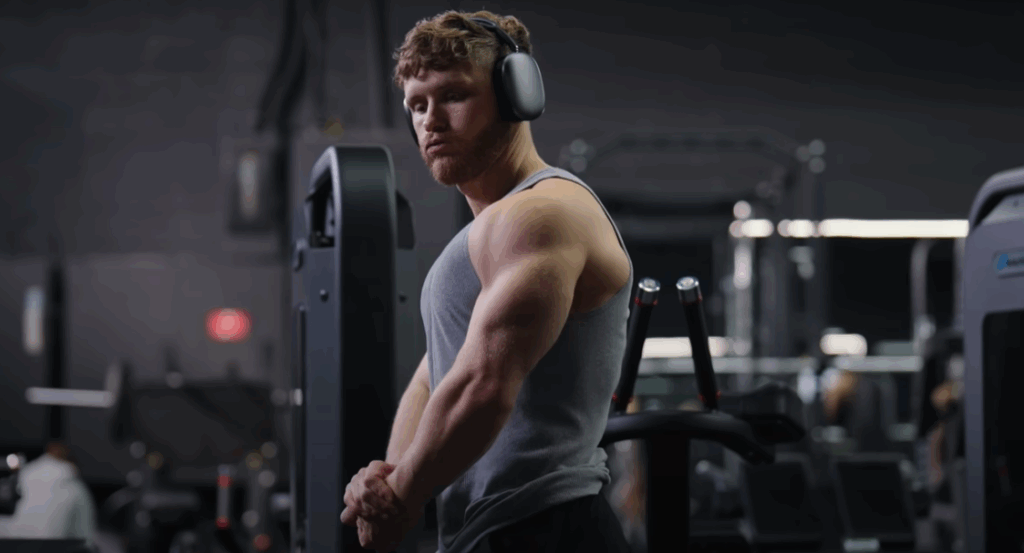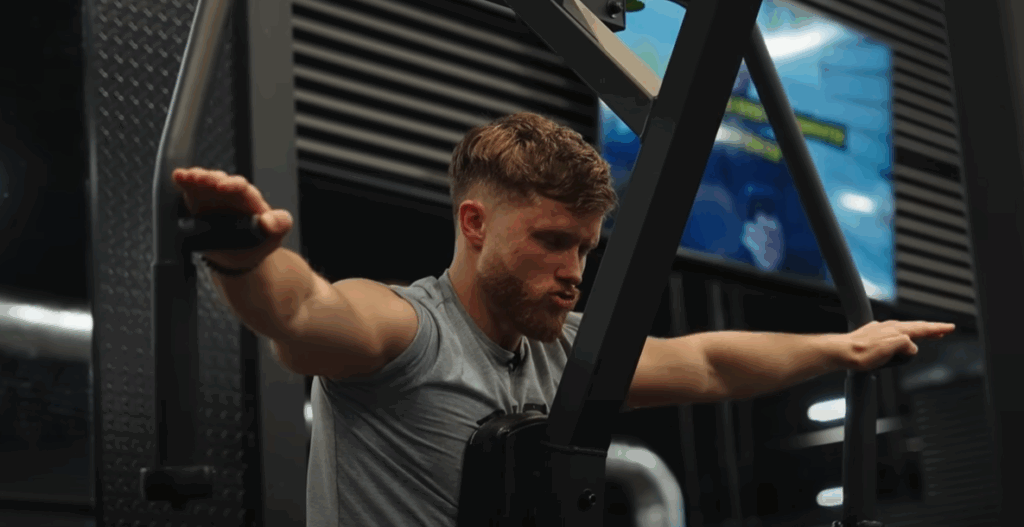Top Shoulder Exercises for a 3D Look: Science-Backed Strategies for Front, Side, and Rear Delts
If your goal is to build broad, three-dimensional shoulders that pop from every angle, focusing solely on overhead presses won’t cut it. Crafting impressive delts requires targeted work for all three heads of the deltoid: anterior (front), lateral (side), and posterior (rear). In this guide, we’ll dive into the most effective shoulder-building exercises based on both scientific reasoning and years of real-world coaching experience.
Whether you’re a competitive lifter or just want to turn heads at the beach, these hand-picked exercises will help develop well-rounded delts while minimizing common training mistakes.

Why Most Lifters Overtrain the Front Delts
Many gym-goers unintentionally overload their front delts without realizing it. Because the front portion of the shoulder is heavily involved in most chest pressing movements (like bench press and incline press), adding excessive direct work can lead to imbalances or joint discomfort.
A study from Germany even found that bodybuilders typically have disproportionately large front delts compared to their side delts—five times larger than sedentary individuals, compared to just three times for the side delts. This suggests the need to redirect focus toward the lateral and rear heads to create a balanced, 3D shoulder appearance.
Best Front Delt Exercise: Seated Machine Shoulder Press
For isolating the anterior deltoid while reducing stress on the joints, a seated machine shoulder press is hard to beat. The seated position enhances stability, allowing you to focus on driving the weight through your shoulders rather than balancing it. This also allows you to push closer to failure without compromising form.
Machines that offer independent arm movement (unilateral machines) are especially valuable because they help correct strength and size imbalances between the left and right shoulders. If you’re training at home or don’t have access to a shoulder press machine, seated dumbbell presses offer similar benefits.
Execution Tips:
- Use a full range of motion to stretch and contract the front delts
- Maintain a controlled tempo, especially during the lowering phase
- Aim for 6–10 reps per set to maximize hypertrophy

Front Delt Alternative: EZ-Bar Front Raise
If you’re dealing with shoulder soreness or simply want to change the stimulus, the EZ-bar front raise is a fantastic isolation movement. Unlike pressing exercises, this doesn’t engage the triceps or upper chest as much, keeping the tension where you want it—on the front delts.
To increase effectiveness:
- Keep your chest tall and core braced
- Avoid swinging the weight; control the lift and the descent
- Use lighter loads with higher reps (10–20), focusing on peak contraction and slow negatives
You can also use a cable system or free motion machine if you want to extend the range of motion further behind the torso for a deeper stretch.
Top Side Delt Exercise: Crossbody Cable Lateral Raise
The lateral head of the deltoid is the primary driver of that “capped” look—what most people associate with impressive shoulders. For many lifters, this is also the most neglected part of the shoulder.
While traditional dumbbell lateral raises are effective, a crossbody cable raise offers a greater stretch and more consistent tension throughout the movement. This variation pulls the arm across the body and out, targeting not only the lateral head but also engaging some of the underutilized deltoid compartments.
How to Perform It:
- Stand slightly rotated to increase the stretch
- Pull the cable outward and slightly backward
- Keep tension continuous through the full range of motion
- Perform 10–20 reps with strict control
Side Delt Bonus Pick: Super ROM Lateral Raise
This extended-range lateral raise variation involves lifting the arms beyond the standard 90-degree angle. By continuing the motion upward (toward the 135° range), you can hit the side delts more completely, especially those muscle fibers that often get missed in traditional movements.
Keep your pinkies slightly elevated and avoid shrugging to keep the stress on your delts, not your traps. Moderate to high reps (12–20) work best here, with a slow negative for added time under tension.
Best Rear Delt Exercise: Reverse Pec Deck Fly
For building the often-undertrained rear delts, the reverse pec deck is a classic that deserves a place in every routine. The key is in the execution: instead of pulling with your arms or upper traps, think of sweeping your arms outward like a paintbrush stroke, aiming to create the widest arc possible.
Technique Cues:
- Sit tall and reach forward to stretch the rear delts
- Sweep the arms outward, not backward
- Keep a slight bend in the elbow and avoid pulling with the traps
- Focus on the contraction and control the descent
Using light to moderate weights with high rep ranges (15–25) is recommended to maximize the mind-muscle connection.

Rear Delt Alternative: Reverse Cable Fly with Extended Range
This variation mimics the pec deck but allows for even greater range and freedom of movement. Set the cables low and step back, then cross your arms and pull them apart in a wide arc, going beyond your torso line for maximum activation.
One effective technique is to alternate your grip (top hand/bottom hand) each set to maintain symmetry. Keep elbows extended and avoid turning the movement into a back exercise. Focus on isolating the rear delts with moderate weights and strict form.
Program Guidelines for 3D Delts
To build round, full shoulders, your training volume should reflect the importance of each head:
- Side Delts: 60–70% of total shoulder work
- Rear Delts: 20–30%
- Front Delts: 10–20%, especially if you already do lots of pressing
Training delts 1–2 times per week with 12–20 total sets spread across the heads is a solid approach for most lifters. Don’t forget to prioritize recovery and ensure your technique stays sharp—quality reps will always beat sloppy volume.
Final Thoughts
If you’re chasing that superhero shoulder look, training smarter—not just harder—is the key. The exercises above were selected not just for popularity, but for how well they align with anatomy, biomechanics, and long-term shoulder health. By tailoring your routine to emphasize the side and rear delts while keeping your front delt work efficient and measured, you’ll be well on your way to building 3D shoulders that command attention.
Whether you’re just starting out or refining an advanced routine, applying these principles can accelerate your shoulder development and bring new balance to your physique.



